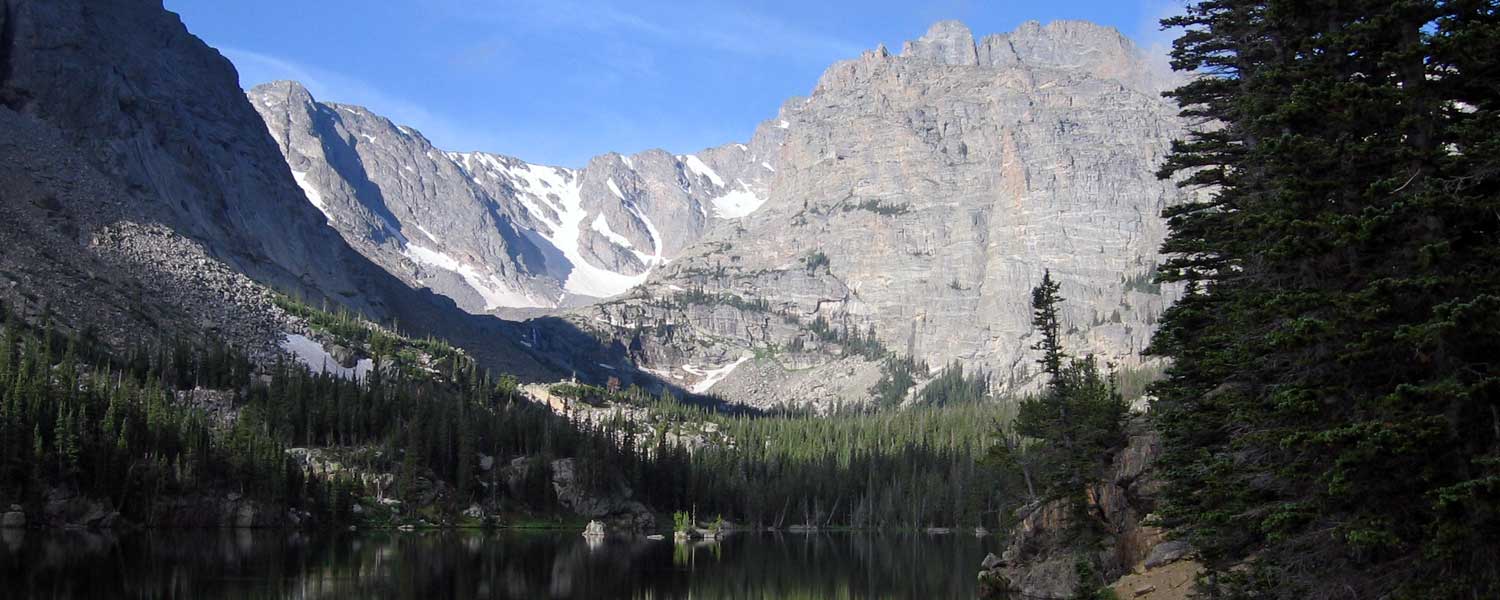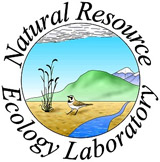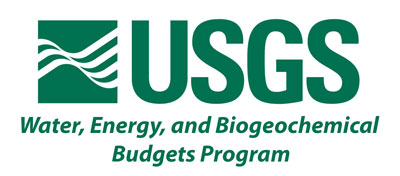
Overview
The Loch Vale Watershed is located in Rocky Mountain National Park, Colorado. Long-term ecological research and monitoring began in 1982 and addresses watershed-scale ecosystem processes, particularly as they respond to atmospheric deposition and climate variability. The project is a cooperative effort between the U.S. Geological Survey (USGS), National Park Service (NPS), and Colorado State University (CSU). Support for data collection is jointly provided by the USGS Western Mountain Initiative (WMI) and Water, Energy, and Biogeochemical Budgets (WEBB) programs. Monitoring of climate, hydrology, precipitation chemistry, and surface water quality allows analysis of long-term trends and distinction between natural and human-caused disturbances. Research efforts are diverse and include ecological response to nitrogen deposition, climate variability and change, microbial activity in sub-alpine and alpine soils, hydrologic flow paths, and the response of aquatic organisms to disturbance. These research activities provide knowledge about the broad range of processes that influence high-elevation ecosystems in the Rocky Mountains. This website provides information about the research program, including access to maps and data.
News and Information
Sediment coring at Sky Pond, May 9, 2017. Video courtesy of John Hammond.
Tuesday, February 7, 2017, trip video. High winds, blowing snow. Video courtesy of Bella Oleksy.






